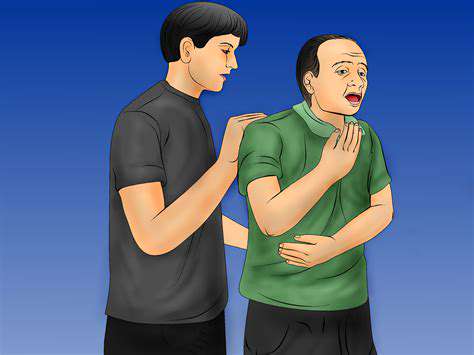How to Care for Your Pet's Paws
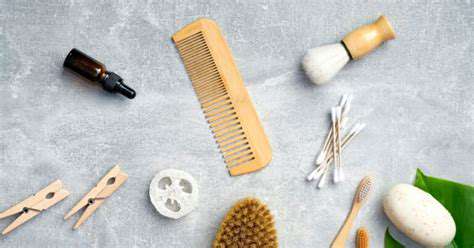
Maintaining Healthy Paw Pads
Your dog's paw pads act as natural shock absorbers, protecting their bones and joints from daily wear and tear. Make paw inspections part of your weekly routine, feeling for any unusual textures or temperatures. I've found that dogs who get regular paw massages tend to be more comfortable with these check-ups, making it easier to spot problems early.
When cleaning paws after walks, I recommend using a soft-bristled brush to remove debris from between the toes. Pay special attention to the spaces between pads where small objects can hide. For dogs with sensitive skin, oatmeal-based cleansers often work better than standard pet shampoos.
Handling Paw Injuries
Minor paw injuries require careful attention. Keep a pet first-aid kit stocked with:- Sterile saline solution- Non-stick gauze pads- Self-adhering bandage wrap- Veterinarian-approved antiseptic
Never use human medications like Neosporin without consulting your vet first, as some ingredients can be toxic when licked. For bleeding wounds, apply gentle pressure with a clean cloth for 5-10 minutes before assessing the damage.
Paw Hygiene and Prevention
Seasonal changes require different paw care approaches:- Summer: Check for hot pavement burns (press your hand to the surface for 7 seconds - if it's uncomfortable for you, it's painful for your dog)- Winter: Rinse off de-icing chemicals immediately after walks- Spring/Fall: Watch for foxtails and burrs in longer-haired breeds
Nutrition for Paw Health
Foods rich in zinc and biotin support paw pad health. Consider adding these to your dog's diet (with vet approval):- Sardines (for omega-3s)- Blueberries (antioxidants)- Pumpkin (vitamin E)- Eggs (biotin)
Hydration is equally important - ensure fresh water is always available to prevent dry, cracked pads.
Spotting Paw Problems
Create a paw profile for your dog by:1. Photographing their paws monthly2. Noting normal pad coloration3. Tracking typical moisture levelsThis makes abnormalities easier to identify during check-ups.
Addressing Common Paw Problems: From Cuts to Infections
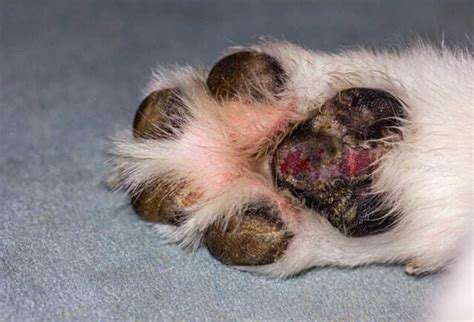
Understanding Paw Pad Issues
Different paw pad textures require different care:- Smooth pads: Prone to drying- Rough pads: May trap debris- Thin pads: More injury-prone
Senior dogs often develop thicker calluses that need regular moisturizing, while puppies' delicate pads require extra protection during outdoor adventures.
Identifying Causes
Common but often overlooked causes of paw problems include:- Allergies to laundry detergent (from bedding)- Reaction to new flooring cleaners- Stress-related licking/chewing
Treatment Approaches
For minor irritations, try:- Chamomile tea soaks (cooled)- Coconut oil massages- Epsom salt baths (with vet approval)
Always monitor your dog's reaction to home treatments and discontinue if irritation worsens.
Prevention Strategies
Create a paw-friendly environment by:- Using area rugs on slippery floors- Keeping nails properly trimmed- Providing textured surfaces for natural filing
When to See the Vet
Red flags requiring immediate attention:- Sudden swelling- Unusual odor- Color changes- Limping lasting more than 24 hours
Protecting Paws from Environmental Hazards
Temperature Protection
Consider these temperature guidelines:- Below 20°F (-6°C): Limit outdoor time- Above 85°F (29°C): Walk during cooler hours- Above 90°F (32°C): Avoid pavement entirely
Chemical Safety
Create safe walking routes by:- Mapping pet-friendly neighborhoods- Noting which neighbors use pet-safe products- Carrying paw wipes for unexpected exposures
Traffic Safety
Train your dog to:- Stop at curbs automatically- Walk on the side away from traffic- Respond to leave it commands for roadside hazards
Toxin Awareness
Seasonal toxins to watch for:- Spring: Lily of the valley bulbs- Summer: Blue-green algae- Fall: Acorns- Winter: Antifreeze puddles
Read more about How to Care for Your Pet's Paws
Hot Recommendations
- Top Dog Treats That Are Healthy
- Feeding Your Small Animal: Safe Foods
- How to Teach Your Dog to Play Fetch
- Heartwarming Stories of Pets in Retirement Homes
- How to Teach Your Dog to Leave It
- My Pet's First Snow Experience [Story]
- Review: [Specific Brand] Pet Water Fountain
- Guide to Dealing with Aggression in Dogs
- Guide to Using Positive Reinforcement in Training
- Living with a Pet Who Loves the Outdoors

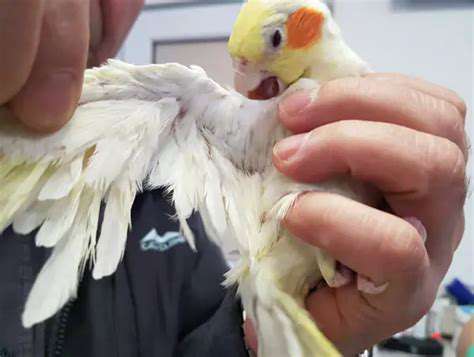
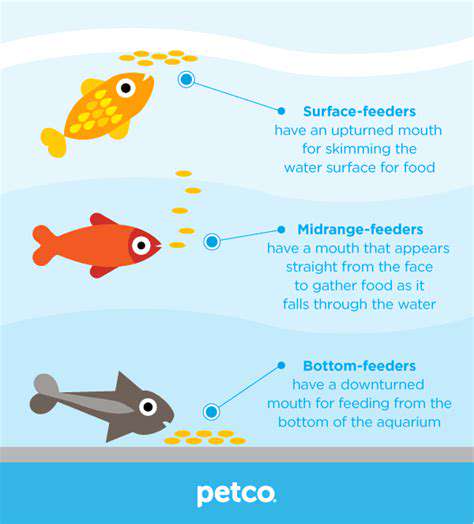



![Review: [Specific Brand] Smart Pet Door](/static/images/33/2025-05/EaseofInstallationandSetup.jpg)

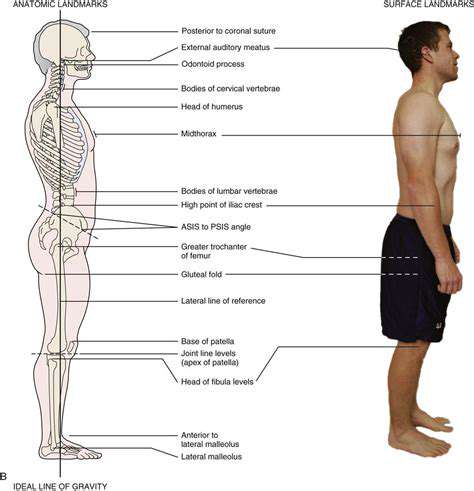
![A Week in the Life of My [Pet's Name]](/static/images/33/2025-05/DinnertimeDelightsandEveningEntertainment.jpg)
